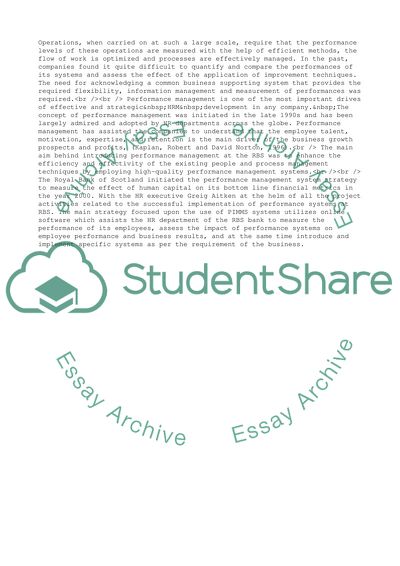Cite this document
(Analysis of Perfomance Management of Royal Bank of Scotland Case Study - 1, n.d.)
Analysis of Perfomance Management of Royal Bank of Scotland Case Study - 1. Retrieved from https://studentshare.org/management/1751439-perfomance-management
Analysis of Perfomance Management of Royal Bank of Scotland Case Study - 1. Retrieved from https://studentshare.org/management/1751439-perfomance-management
(Analysis of Perfomance Management of Royal Bank of Scotland Case Study - 1)
Analysis of Perfomance Management of Royal Bank of Scotland Case Study - 1. https://studentshare.org/management/1751439-perfomance-management.
Analysis of Perfomance Management of Royal Bank of Scotland Case Study - 1. https://studentshare.org/management/1751439-perfomance-management.
“Analysis of Perfomance Management of Royal Bank of Scotland Case Study - 1”. https://studentshare.org/management/1751439-perfomance-management.


